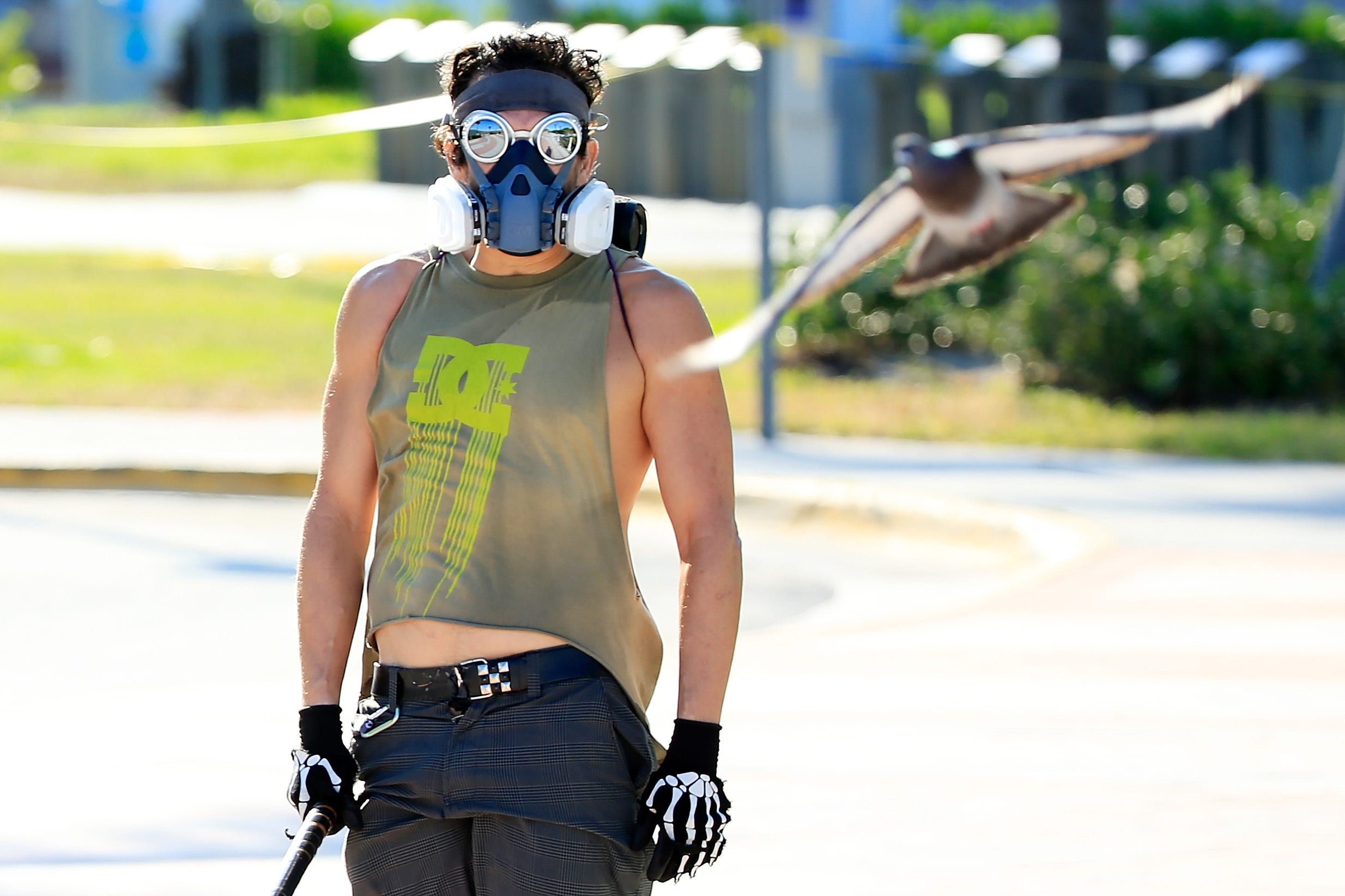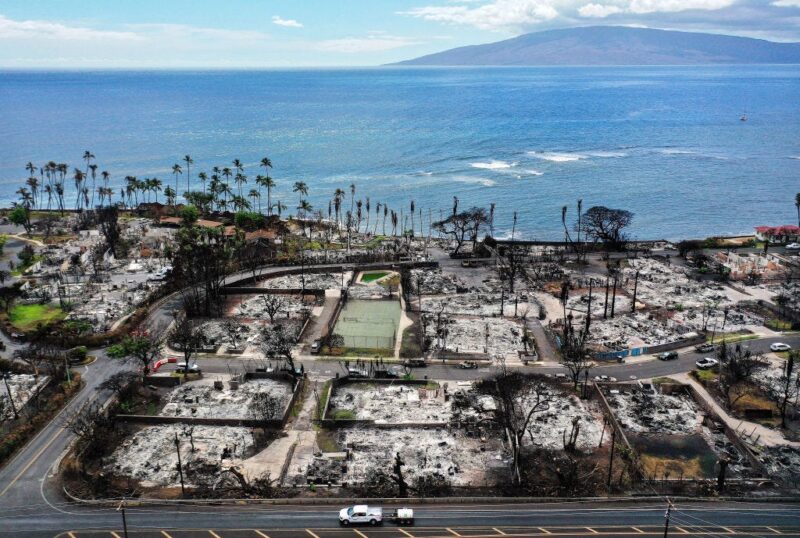- The US has reported more than 788,000 coronavirus cases and 42,000 deaths – more than any country in the world.
- Some states, such as New York, may have seen daily death rates peak, while others, like Florida, still anticipate a surge of cases in the coming weeks.
- Public health experts say early and aggressive social-distancing measures have helped slow the spread of the virus, but warn of an infectious resurgence if states lift their lockdowns too early.
- Here’s how the virus has spread in nine states with high numbers of cases since the beginning of March.
- Visit Business Insider’s homepage for more stories.
The US has experienced a larger outbreak of coronavirus cases than any other country, reporting more than 788,000 coronavirus cases and 42,000 deaths, but experts have predicted that some states are approaching – or have already hit – their peaks.
States like New York and California, which saw their first cases sooner and proactively implemented statewide lockdowns, are beginning to see daily death counts and hospitalizations flatten or even decline. As of Friday, 16,967 New Yorkers were hospitalized with COVID-19, down 349 from Thursday and, marking the fifth straight day where hospitalizations dropped.
However, states like Florida and Massachusetts may not see their peak until after May 2, according to a model from the Institute for Health Metrics and Evaluation (IMHE).
Predicting the arrival of state’s “peak” depends on what’s being measured – cases, deaths, and hospitalizations are common indicators of how the virus is spreading. Some models also account for how well people adhere to social-distancing guidelines and stay-at-home orders, which create wide ranges in timing.
So while case and death counts in some states offer some hope, experts warn that a flattened curve could spring up again where lockdowns end too soon. Manhattan internist Holly Phillips told Business Insider that areas under lockdown and seeing peak surges, like New York City, should still be prepared for at least another four to eight weeks of social distancing.
The following charts illustrate how the virus has spread since March 1 across nine states that are hot spots for coronavirus outbreaks: California, Florida, Illinois, Louisiana, Massachusetts, Michigan, New Jersey, New York, and Pennsylvania.
California, the first state to issue a stay-at-home order, appears to be flattening the curve.
Cases: 30,978 Cases per million residents: 784 Deaths: 1,208 Data as of 4/19
John Swartzberg, a professor of infectious diseases at University of California Berkeley, told Business Insider that the early shutdowns might have saved California from the worst projected outcomes.
"Other states followed, but they followed like Europe followed - somewhere between five and seven days later," he said. "It doesn't sound like a lot, but it is a lot when you look at how fast the numbers of cases are increasing."
California's latest case count was significantly lower than Gov. Newsom's prediction in mid-March that 56% of the state's population could contract the virus.
Florida is starting to lift restrictions on movement even as its cases surge, jeopardizing its progress on slowing the virus.
Cases: 27,058 Cases per million residents: 1,260 Deaths: 840 Data as of 4/20
Florida Gov. Ron DeSantis reopened some of the state's beaches Friday - the same day it saw its largest single-day increase in coronavirus cases, and the same week it saw its deadliest day so far.
While IHME's projections showed the state could be nearing its peak, easing the restrictions could push that date back and cost lives.
Illinois is beginning to see some progress but hasn't peaked, and Chicago is still a worrisome hot spot.
Cases: 31,508 Cases per million residents: 2,486 Deaths: 1,349 Data as of 4/19
"With the current mitigation strategies in place, we may not have reached our peak yet, but [Illinoisans' social-distancing] actions are helping to keep that peak as low as possible," Gov. J.B. Pritzker told reporters Monday, according to NBC.
However, Chicago remains a concern for federal officials, with White House coronavirus response coordinator Dr. Deborah Birx telling CBS' "Face The Nation" on Sunday that the Cook County, where Chicago is located, is an area officials continue to "watch carefully."
Louisiana was hit particularly hard by the virus and earlier than neighboring states, but seems to have reached its peak.
Cases: 24,523 Cases per million residents: 5,275 Deaths: 1,328 Data as of 4/20
Louisiana appears to be turning a corner weeks after a sharp increase in confirmed cases - and earlier than neighboring states Texas, Mississippi, and Arkansas. Louisiana's Department of Health released models last week showing that the curve had been flattened statewide, The Daily Advertiser reported.
"We are moving in the right direction but we must stay on course," interim health secretary Stephen Russo said in a release, but cautioned: "There is significant concern that if we make sudden changes or stop social distancing that we will see another large spike and strain on our health care resources."
Massachusetts has become one of the nation's hot spots as cases surge.
Cases: 39,643 Cases per million residents: 5,752 Deaths: 1,809 Data as of 4/20
"We're in a very different place here in Massachusetts than other states are. We're right in the middle of the surge now," Governor Charlie Baker said on CBS's "Face The Nation" on Sunday.
Following Baker, Dr. Birx also made an appearance on the show to talk about hot spots federal officials are focused on, saying: "We're still very much focused on Boston and across Massachusetts where the epidemic continues to spread."
Michigan has peaked according to federal models, but the state's governor argued that those assume strict sheltering in place that isn't happening.
Cases: 32,000 Cases per million residents: 3,204 Deaths: 2,468 Data as of 4/20
Models relied on by the federal government say Michigan peaked nearly two weeks ago, but state officials said those models paint an unrealistic picture of the situation.
"It assumes a very high level of adherence with sheltering in place, Wuhan China style, that is not happening in Michigan or anywhere in the country," Gov. Gretchen Whitmer told MLive.
However, Whitmer said Monday she was "cautiously optimistic" and that the curve "looks like it's starting to flatten," The Oakland Press reported, suggesting the state may have peaked more recently.
Parts of New Jersey may have peaked, but other areas of the state have yet to see the worst of the pandemic.
Cases: 88,806 Cases per million residents: 9,998 Deaths: 4,377 Data as of 4/20
As the virus has spread outward from New York City, the epicenter of the US outbreak, it has spiked in surrounding regions like New Jersey. Areas closer to New York City have begun to see their curves flatten, but the state as a whole has not peaked.
"In the north, we have seen the peak," New Jersey state health commissioner Judith Persichili said Friday, according to NJ.com, before adding: "We have not seen it in central and south. And it's coming."
New York appears to have peaked, yet hospitals are still struggling to treat those sick with COVID-19.
Cases: 247,512 Cases per million residents: 12,723 Deaths: 14,347 Data as of 4/19
New York, the hardest-hit state in the US, could be one of the earlier ones to reach its peak, though its healthcare system is still extremely strained.
"If you look at the past three days, you could argue we are past the plateau and starting to descend," New York Gov. Andrew Cuomo said Saturday. "So we're not at the plateau anymore, but we're still not in a good position."
Pennsylvania hasn't yet peaked, but it's not seeing the explosion of cases some other states in the region have.
Cases: 33,232 Cases per million residents: 2,596 Deaths: 1,204 Data as of 4/19
Pennsylvania health secretary Dr. Rachel Levine said Sunday the state hasn't seen its peak yet but that the stay-at-home orders were helping, NBC affiliate WGAL reported.
"Our case count numbers continue to grow, but we aren't seeing the doubling of cases, that exponential growth like other countries and states have seen," Levine said, according to WGAL, before warning that death are still rising and that easing lockdowns will cost lives and cause healthcare systems to be "overwhelmed."
Jeremy Berke, Holly Secon, and Paula Fraulich contributed reporting to this story.










